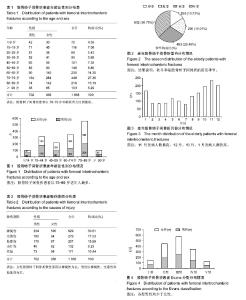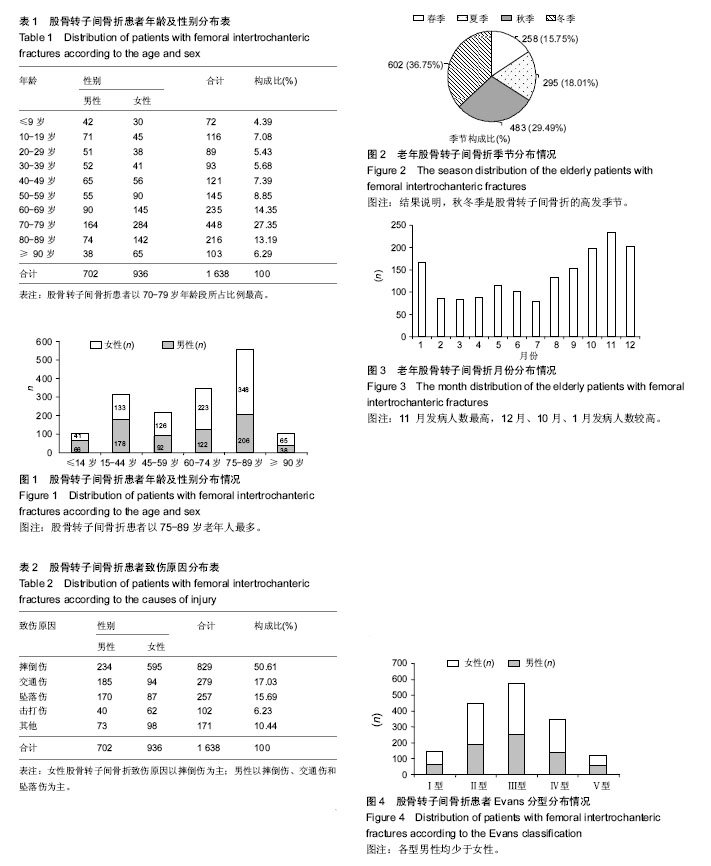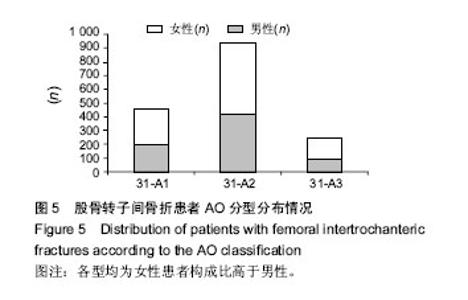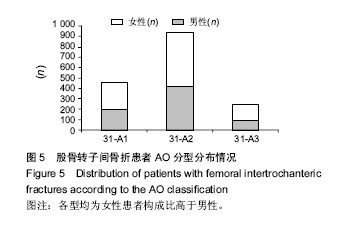| [1] 王伟,李春雯,史晓林,等.中国杭州骨质疏松性髋部骨折的流行病学研究[J].中国骨质疏松杂志,2013,21(5):15-17.[2] 曾超,王一任,魏捷,等.股骨近端防旋髓内钉与动力髋螺钉固定治疗股骨转子间骨折的Meta分析[J].中南大学学报,2012,37(6): 606-615.[3] 李福军,王小龙,赵建民,等.内蒙古46岁以上534例桡骨远端骨折流行病学研究[J].实用骨科杂志,2015,5(21):409-412..[4] 姬晨妮,陈伟,朱燕宾,等.京津唐地区1 583例老年股骨转子间骨折流行病学特征分析[J].中华老年骨科与康复电子杂志,2015, 1(1):45-49.[5] Zhang YZ.Clinical epidemiology of orthopedic trauma. New York: Thieme Medical Publishers.2012: 135-223.[6] 梁朝革,张国宁,王嘉,等.长宁区50岁以上人群髋部骨折的流行病学调查[J].中国骨与关节损伤杂志,2013,28(12):1122-1124.[7] Gungor HR, Ok N, Akkaya S, Kiter E. Orthopedic surgeons' view for the prevention of osteoporotic secondary fractures: a survey. Eklem Hastalik Cerrahisi. 2014;25(3):148-153.[8] 任威,王小龙, 赵建民.呼和浩特市60岁以上蒙古族人群桡骨远端骨折的调查研究[J].中国矫形外科杂志,2015,23(20):1863-1868.[9] 杨洋,林向进.877 例髋部骨折患者发病情况及其流行病学特征分析[J].中华流行病学杂志,2014,35(4):446-448.[10] Hernández JL, Olmos JM, Alonso MA, et al. Trend in hip fracture epidemiology over a 14-year period in a Spanish population. Osteoporos Int.2006;17(3): 464-470.[11] 霍力为,王广伟,庾伟中,等.同一机构1年1 875例桡骨远端骨折流行病学分布特征[J].中国组织工程研究,2012,16(30):5591-5595.[12] Tanner DA, Kloseck M, Crilly RG, et al. Hip fracture types in men and women change differently with age. BMC Geriatr.2010;10:12.[13] 王烨明,魏万富.5563 例髋部骨折病例的发病特征分析[J].中国骨质疏松杂志,2014,20(8):956-959.[14] 曾波,熊鸿燕,许建中,等.髋部骨折患者 448 例流行病学分布特征[J].中华创伤杂志,2011,27(1):56-59.[15] 王亮,马远征,张妍,等.北京海淀地区中老年妇女骨质疏松性骨折情况调查研究[J].中国骨质疏松杂志,2016,22(5):580-582.[16] 王俊,尹宗生,马文广,等.合肥市两家省级医院髋部骨折的性别及年龄分布分析[J].中国骨质疏松杂志,2014,20(10):1197-1201.[17] 万杰,王一农.宁夏部分地区老年性髋部骨折患病特点的研究[J].中国骨质疏松杂志,2009,15(10):766-768.[18] Cummings-Vaughn LA, Gammack JK. Falls, osteoporosis, and hip fractures. Med Clin North Am.2011;95(3):495-506.[19] Ungar A, Rafanelli M, Iacomelli I, et al. Fall prevention in the elderly. Clin Cases Miner Bone Metab.2013;10(2):91-95.[20] 李涛,于涛,张虎翼,等.长春地区部分老年人群髋部骨质疏松性骨折发病特点初步调查与分析[J].中国骨质疏松杂志,2011,17(5): 428-430. |



